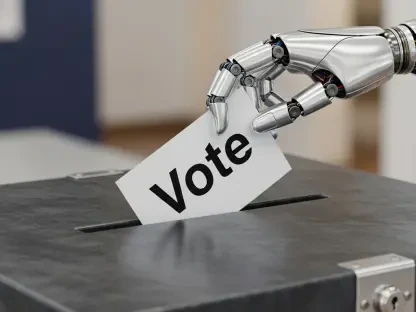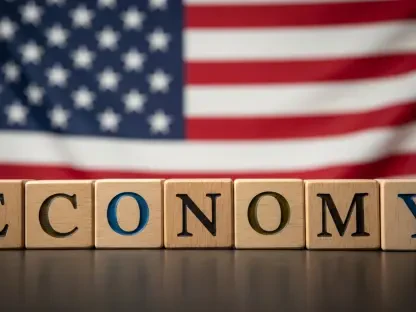Increasing Demand for Educational Alternatives
The landscape of American education is undergoing dynamic shifts as families fervently seek alternatives to traditional schooling. In recent years, the school choice movement has gained momentum, sparking debates and challenging deeply held beliefs about the established public education system. The recent legislative triumph in Texas represents a pivotal moment, raising the question: could school choice reshape the future of education in the United States?
How School Choice Gained Its Traction
The school choice movement has roots extending back several decades, driven by proponents aiming to empower parental decision-making in education. This endeavor has recently achieved significant milestones, particularly within Republican-led states like Texas, where the implementation of Education Savings Accounts (ESAs) is reshaping access to diverse educational models. These mechanisms enable public funds to be allocated directly by parents, facilitating options outside the traditional public school framework. As a result, these legislative developments are being hailed as victories for advocates, offering families greater flexibility and autonomy in educational decision-making.
Political and Ideological Challenges
Despite notable achievements, the expansion of the school choice movement faces obstacles rooted in geographical and political divides. Resistance is particularly strong in Democratic-controlled states, where progressive policies often prioritize public education funding and equity. Critics assert that school choice programs might undermine public schools and exacerbate socioeconomic disparities. In states like California and New York, progressive politicians have enacted barriers that limit the adoption of ESAs and other choice initiatives, highlighting the ideological divide that continues to challenge proponents.
Varied Educational Models Shape the Future
The movement promotes a diverse array of educational models, including charter schools, homeschooling, and virtual learning environments. Case studies from states such as Florida and Arizona demonstrate the successful integration of these models, reflecting broader societal demands for tailored and flexible education options. ESAs have facilitated personalized learning experiences, allowing families to select educational avenues that best suit their children’s needs. The success within these states underscores a growing acceptance of school choice, clashing against existing paradigms and inspiring transformations across the educational spectrum.
Insights from Educators and Experts
Educators, researchers, and families provide compelling testimonies about the impact of school choice, illustrating its potential benefits. Robert Enlow and other advocates emphasize the cultural shift toward customizable education and the newfound opportunities afforded to families. Recent studies reveal how families in ESA programs experience increased satisfaction and engagement with their children’s schooling. Expert opinions underscore that the future of education might hinge on embracing a more individualized experience, encouraging further exploration into how school choice contributes to positive educational outcomes.
Strategies for Advancing School Choice Nationwide
The pathway to wider adoption of school choice lies in strategic implementation. Advocates continue to press for federal policies that support educational choice, sidestepping state-level resistance. The proposed Educational Choice for Children Act represents one approach, inviting tax credits for scholarship contributions and facilitating access to varied educational environments. By pursuing consistent legislative frameworks, proponents aim to facilitate a national embrace of ESAs, creating a more equitable avenue for families seeking alternatives to traditional public education.
Navigating the complexities of school choice requires patience and persistence. While existing successes provide a foundation, future progress will depend on overcoming political challenges and fostering bipartisan cooperation. As the movement gains traction, pathways for integrating diverse educational models become more accessible, offering hope for widespread reform. Ultimately, those committed to school choice envision a system transformed to meet modern demands, capable of providing families with the agency to determine the best educational route for their children.









